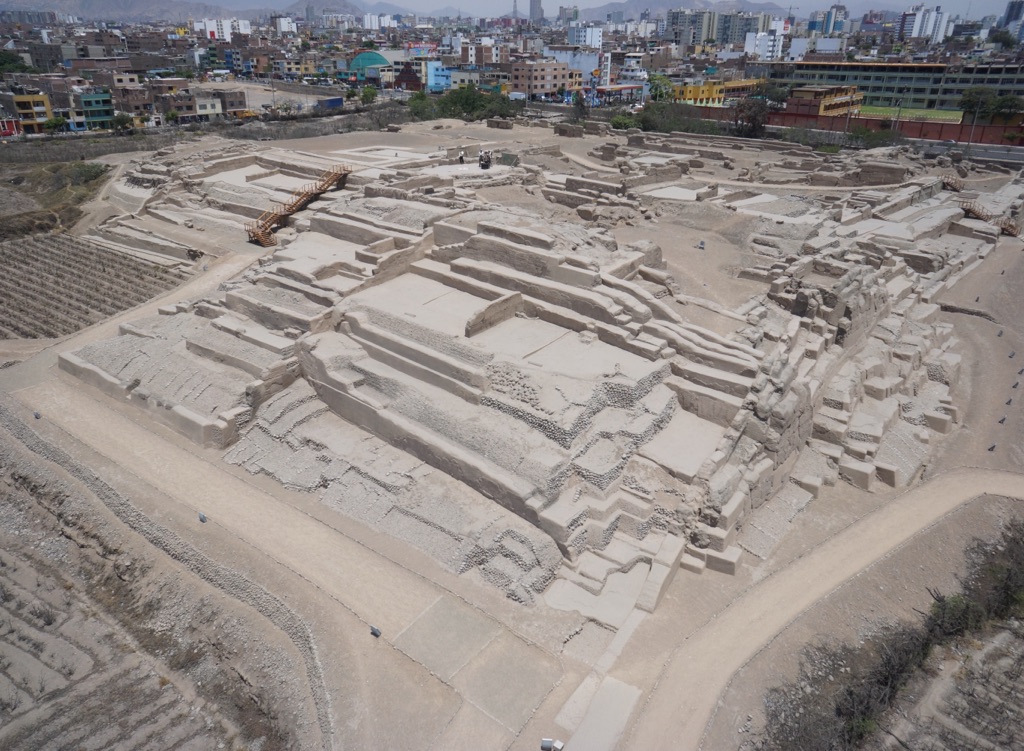The Mateo Salado Monumental Archaeological Complex: A Testament to Peru’s Pre-Hispanic Heritage
The Mateo Salado monumental archaeological complex, prominently located in the district of Lima, Peru, and bordering the districts of Breña and Pueblo Libre, stands as a significant testament to the rich pre-Hispanic heritage of the region. Spanning an area of 16.4 hectares, the complex is distinguished by its five stepped and truncated pyramids, marking it as one of the most important archaeological sites on the central coast of Peru. Its integration into the urban landscape of Lima further underscores its significance as a representative example of pre-Hispanic architecture within the Peruvian capital.
Get your dose of History via Email
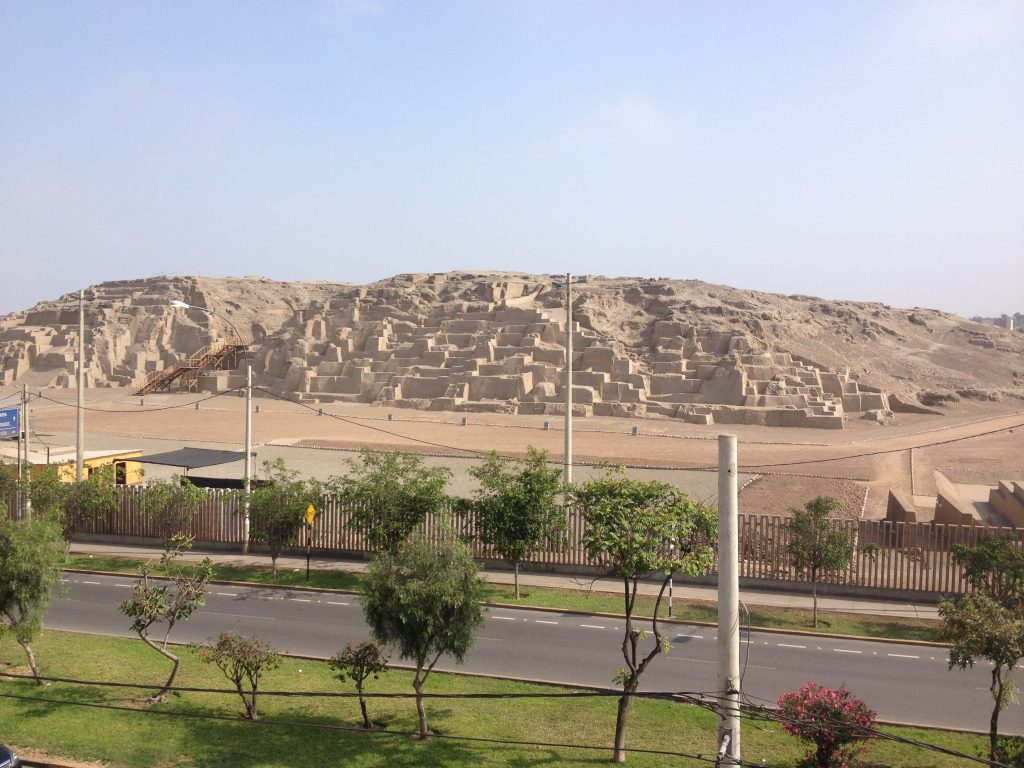
Historical Overview
The origins of the Mateo Salado complex trace back to approximately 1100 AD, during the Late Intermediate period, serving as an administrative and religious center for the Ychsma culture. The Incas later occupied the site, incorporating it into the extensive Andean road system, Qhapaq Ñan, and modifying its architecture. Following the European arrival in 1532, the complex experienced numerous depredations, leading to its near disappearance by the 20th century. Recognizing its cultural value, the site was declared a Cultural Heritage of the Nation in 2001.
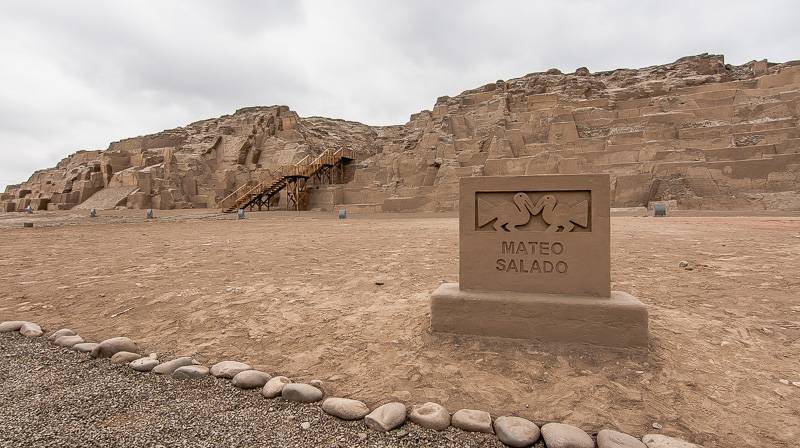
Recovery Efforts
Since July 2007, the Ministry of Culture has embarked on a comprehensive project aimed at the archaeological complex’s recovery. This initiative has focused on archaeological investigations, conservation, and renovation works, particularly targeting three of the five pyramids: Pyramid A (Templo Mayor), Pyramid B (Pyramid of the Birds), and Pyramid E (Minor Funerary Pyramid). These efforts have transformed Mateo Salado into a model for the preservation of Peru’s archaeological heritage.
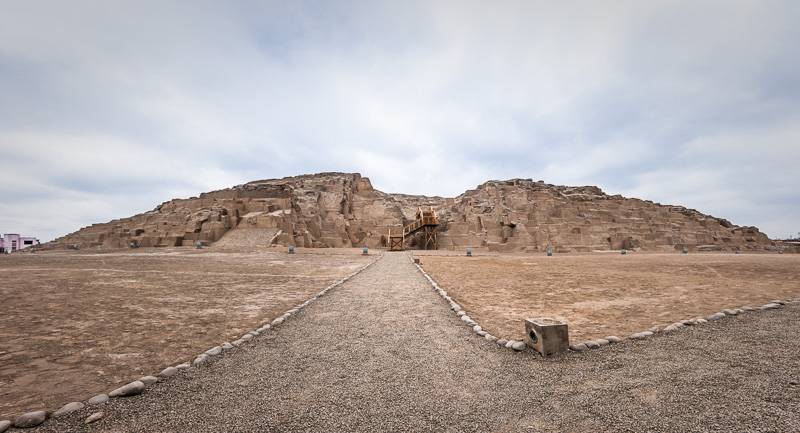
Denominations and Historical Names
The complex’s current name, “Mateo Salado,” derives from Matheus Salade, a French hermit who resided among the pyramids in the 1560s. Salade, accused of heresy by the Spanish Inquisition, became the first victim of the Inquisition in Peru. The site has also been known by various names throughout history, including Huacas de Ríos in the 18th century and Cinco Cerritos, reflecting its evolving identity over time.
Geographic Location and Structure
The Mateo Salado complex is strategically situated at the confluence of several districts in Lima, encompassing a total area of 16.4 hectares. The pyramids within the complex have been designated with letters A through E, with each serving distinct functions ranging from major temples to funerary pyramids.
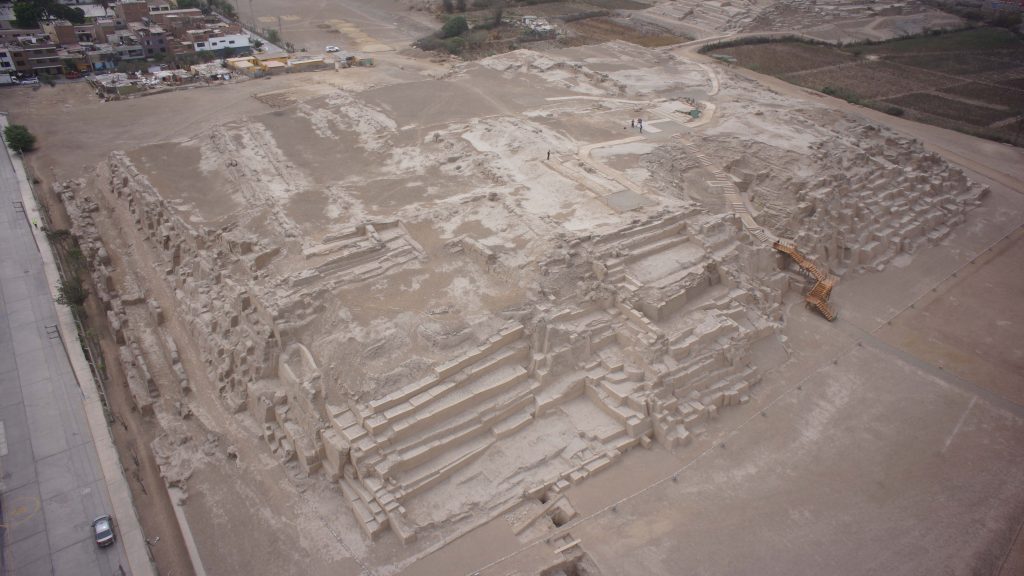
Chronology and Cultural Significance
The construction of the complex around 1100 AD marks a pivotal period in the region’s history, reflecting the architectural and cultural practices of the Ychsma culture. The site’s continued development and use by the Incas further highlight its importance in the broader Andean region.
Archaeological Studies and Discoveries
Extensive archaeological research has shed light on the complex’s historical significance, revealing a wealth of artifacts, including textiles, ceramic utensils, and carvings. These findings have contributed to a deeper understanding of the Ychsma society and its interactions with the Incas.
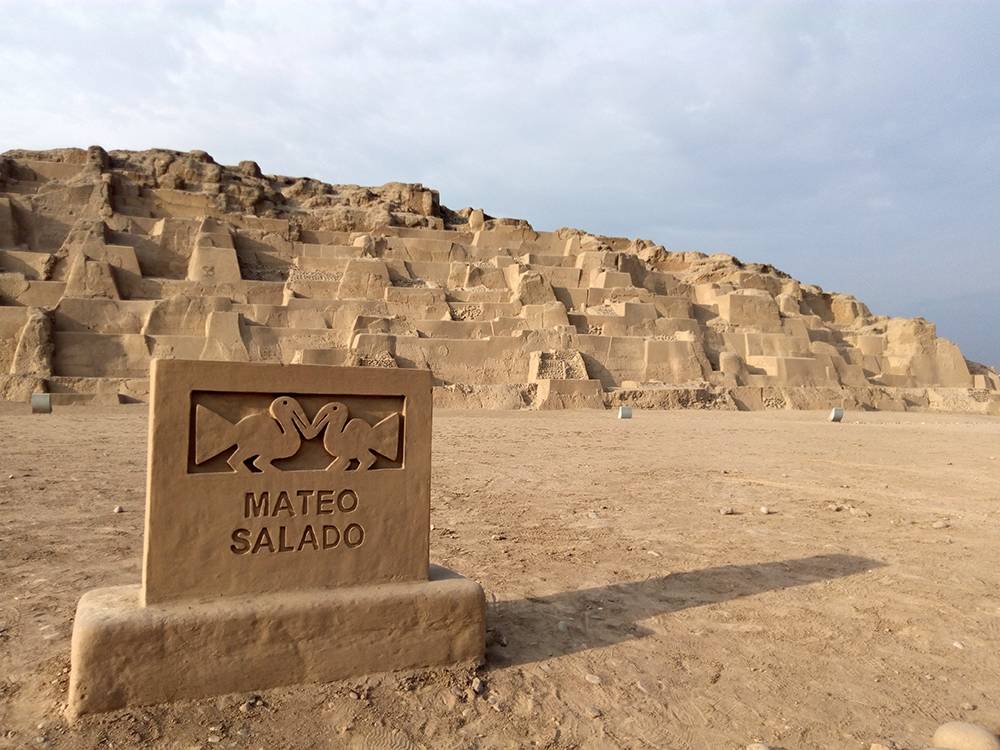
Current State and Future Prospects
The ongoing research and conservation efforts at Mateo Salado have not only preserved the site but also enhanced its accessibility to the public. The complex now serves as a vital educational and cultural resource, offering insights into Peru’s rich pre-Hispanic past and its enduring legacy.
In conclusion, the Mateo Salado monumental archaeological complex embodies the rich tapestry of Peru’s pre-Hispanic heritage. Through dedicated conservation efforts and continued archaeological research, it stands as a beacon of cultural preservation and education, offering invaluable insights into the ancient civilizations that once thrived in the region.
Sources:

